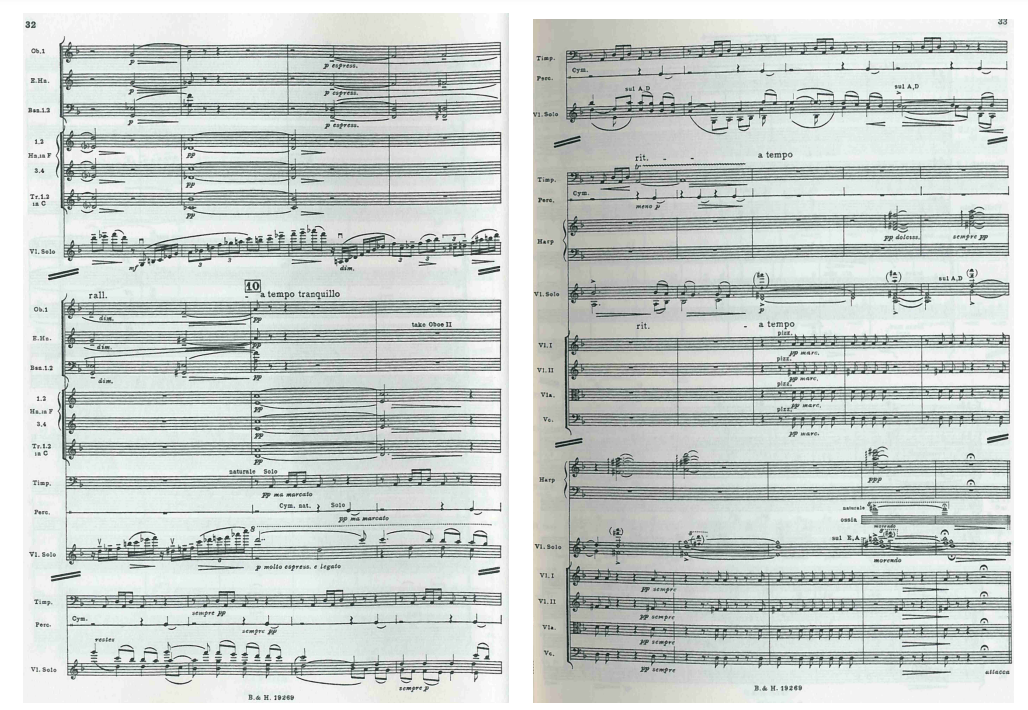Acoustics reveals the spectral beauty of (quanta of) mathematics!
Using music to communicate the immaterial beauty of mathematics
Here is an exert from the inaugural lecture of Walter van Suijlekom as full professor of the chair of Noncommutative Geometry at the Institute for Mathematics, Astrophysics and Particle Physics of the Radboud University Nijmegen.For even though formulas, theorems, proofs et cetera constitute the language by which mathematicians understand each other, the core, as far as I am concerned, is sharing the underlying intuitive thinking. I see it as follows: on the one hand, the mathematician uses his logic as a basic tool; on the other hand, there is an immaterial reality of mathematical objects. Indeed, a mathematics based entirely on axioms and deduction —as Hilbert would have liked it to be–is doomed to fail, and this is because Godel’s Theorem proves the existence of assertions that are true but not ¨ provable. Such an assertion would then be an object in that immaterial reality, and is thus disconnected from the logic leading to the apparent paradox. Alain Connes articulates the unraveling of this immaterial beauty as follows
Here is an exert from the inaugural lecture of Walter van Suijlekom as full professor of the chair of Noncommutative Geometry at the Institute for Mathematics, Astrophysics and Particle Physics of the Radboud University Nijmegen.For even though formulas, theorems, proofs et cetera constitute the language by which mathematicians understand each other, the core, as far as I am concerned, is sharing the underlying intuitive thinking. I see it as follows: on the one hand, the mathematician uses his logic as a basic tool; on the other hand, there is an immaterial reality of mathematical objects. Indeed, a mathematics based entirely on axioms and deduction —as Hilbert would have liked it to be–is doomed to fail, and this is because Godel’s Theorem proves the existence of assertions that are true but not ¨ provable. Such an assertion would then be an object in that immaterial reality, and is thus disconnected from the logic leading to the apparent paradox. Alain Connes articulates the unraveling of this immaterial beauty as follows
Cette réalité dont je parle, du fait qu’elle n’est localisable ni dans l’espace ni dans le temps, donne, lorsqu’on a la chance d’en dévoiler une infime partie, une sensation de jouissance extraordinaire par le sentiment d’intemporalité qui s’en dégage.
[This reality of which I speak, of the fact that it is localizable neither in space nor in time, gives, when one has the chance to reveal a tiny part of it, a sensation of extraordinary enjoyment by the feeling of timelyness which emerges from it.]
In [the] figure [below] you see the sheet music of a passage from Benjamin Britten’s Violin Concerto, at the end of the first movement. It is a beautiful interplay between violin and percussion, a piece that I had the opportunity to play myself some twenty years ago as a percussionist in the VU Orchestra, nota bene with Janine Jansen as soloist. The musical notation, tempo indications et cetera in music I would compare to formulas and proofs in mathematics. It makes musicians understand each other, but ultimately it is inferior to the underlying, more intuitive beauty that can be shared through that language. The beauty of mathematics has much in common with that musical beauty, and the way it is shared with each other during, say, an orchestral performance.
[This reality of which I speak, of the fact that it is localizable neither in space nor in time, gives, when one has the chance to reveal a tiny part of it, a sensation of extraordinary enjoyment by the feeling of timelyness which emerges from it.]
To make this somewhat understandable to non-mathematicians, I will try to explain it using musical experience.
In [the] figure [below] you see the sheet music of a passage from Benjamin Britten’s Violin Concerto, at the end of the first movement. It is a beautiful interplay between violin and percussion, a piece that I had the opportunity to play myself some twenty years ago as a percussionist in the VU Orchestra, nota bene with Janine Jansen as soloist. The musical notation, tempo indications et cetera in music I would compare to formulas and proofs in mathematics. It makes musicians understand each other, but ultimately it is inferior to the underlying, more intuitive beauty that can be shared through that language. The beauty of mathematics has much in common with that musical beauty, and the way it is shared with each other during, say, an orchestral performance.
Benjamin Britten
Violin Concerto, Op 15
1 Moderato con moto - Agitato - Tempo primo -
2 Vivace - Animando - Largamente - Cadenza -
3 Passacaglia. Andante Lento
Janine Jansen, violin
Orchestre de Paris
Paavo Järvi, conductor
Live recording. London, Proms 2013

Commentaires
Enregistrer un commentaire
Cher-ère lecteur-trice, le blogueur espère que ce billet vous a sinon interessé-e du moins interpellé-e donc, si le coeur vous en dit, osez partager avec les autres internautes comme moi vos commentaires éclairés !
Dear reader, the blogger hopes you have been interested by his post or notice something (ir)relevant, then if you are in the mood, do not hesitate to share with other internauts like me your enlightened opinion !